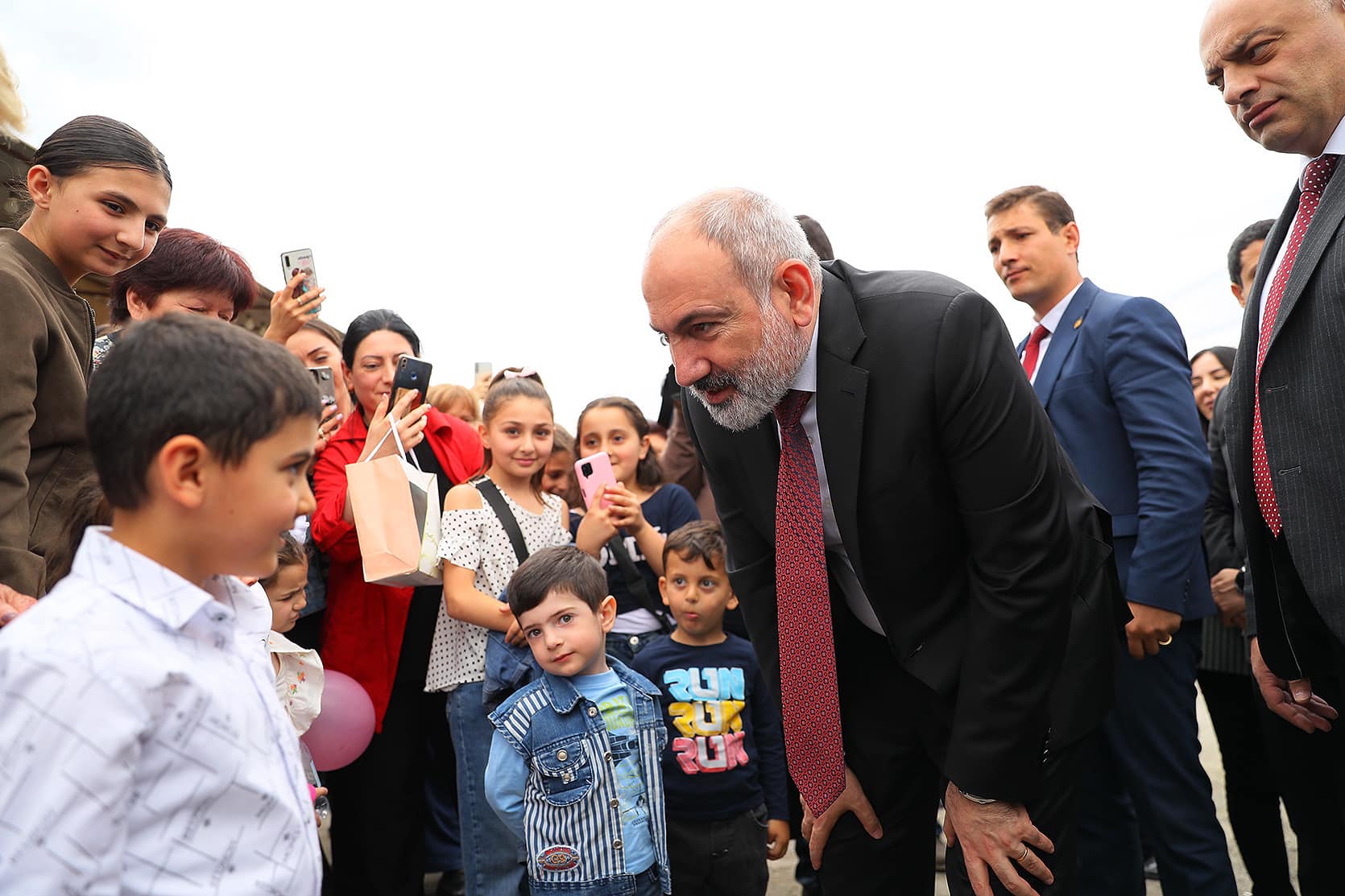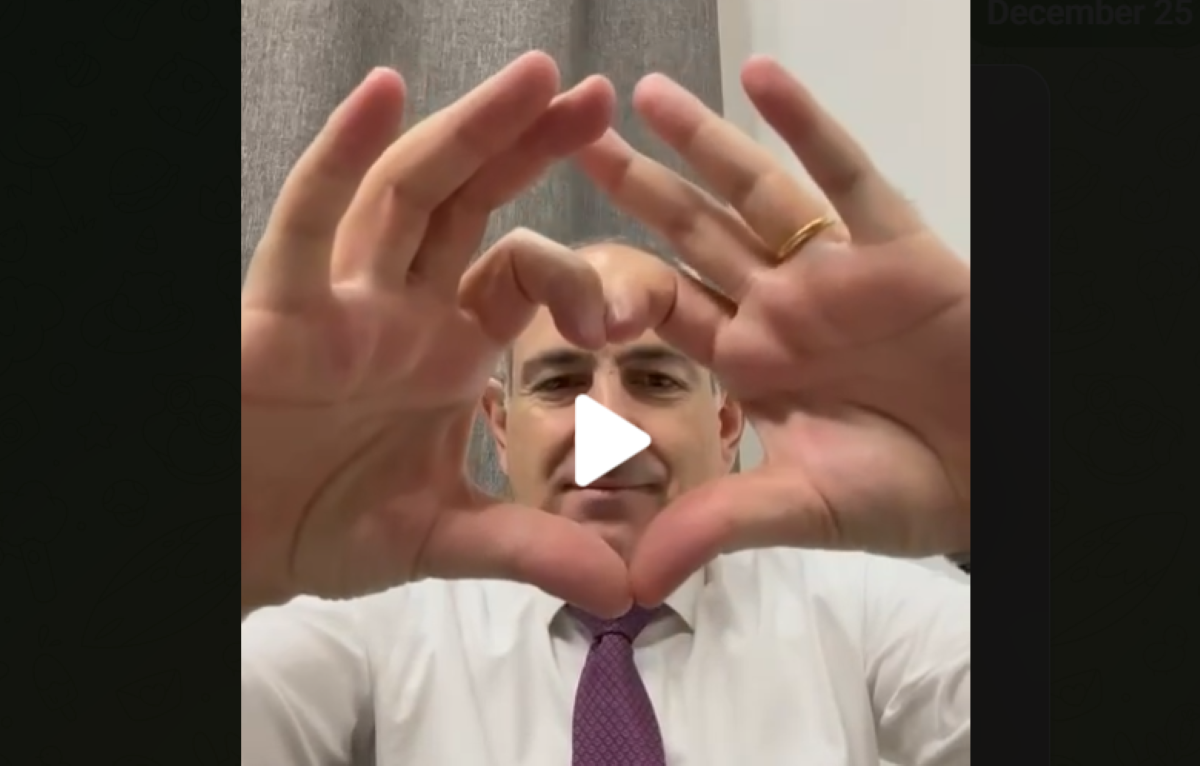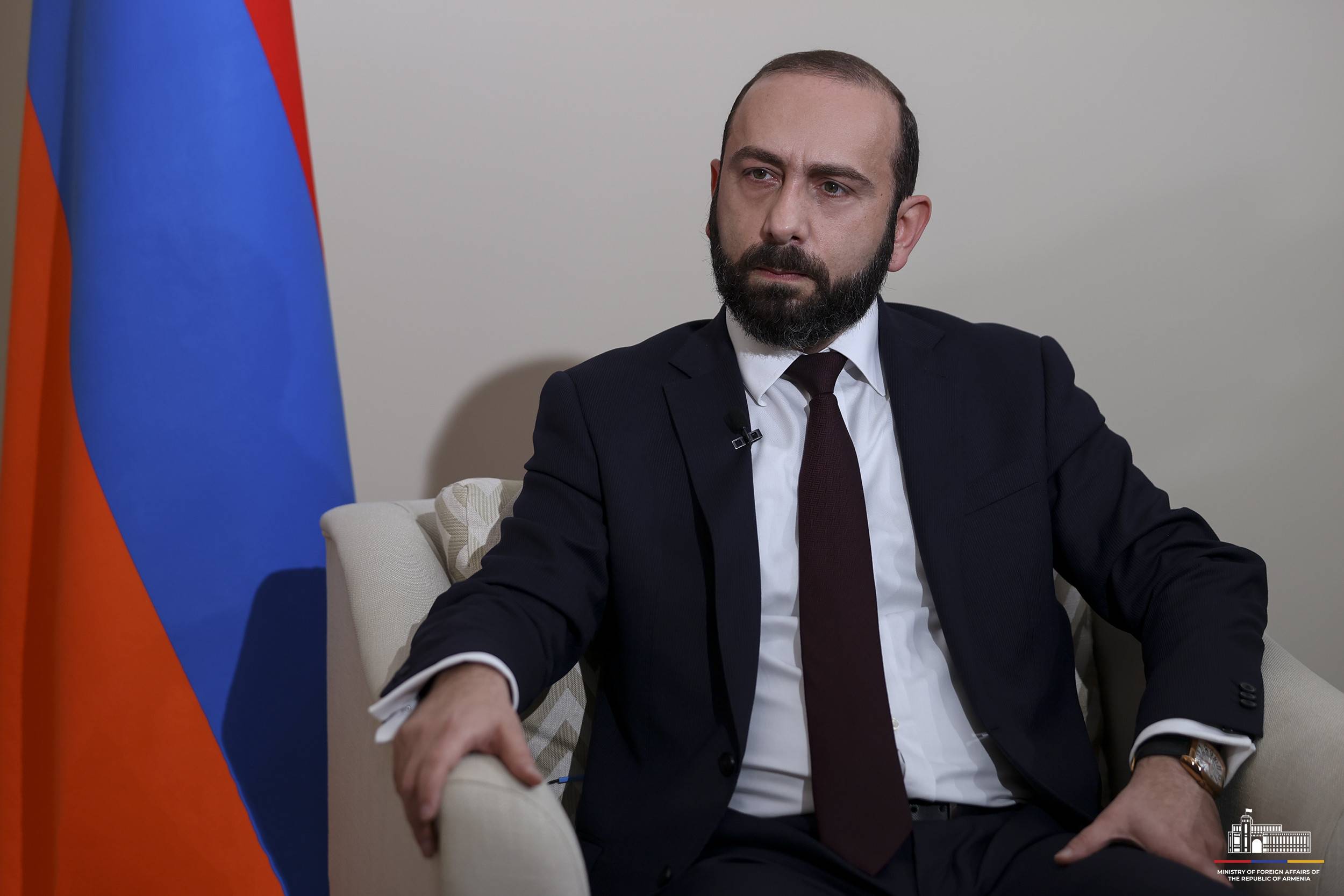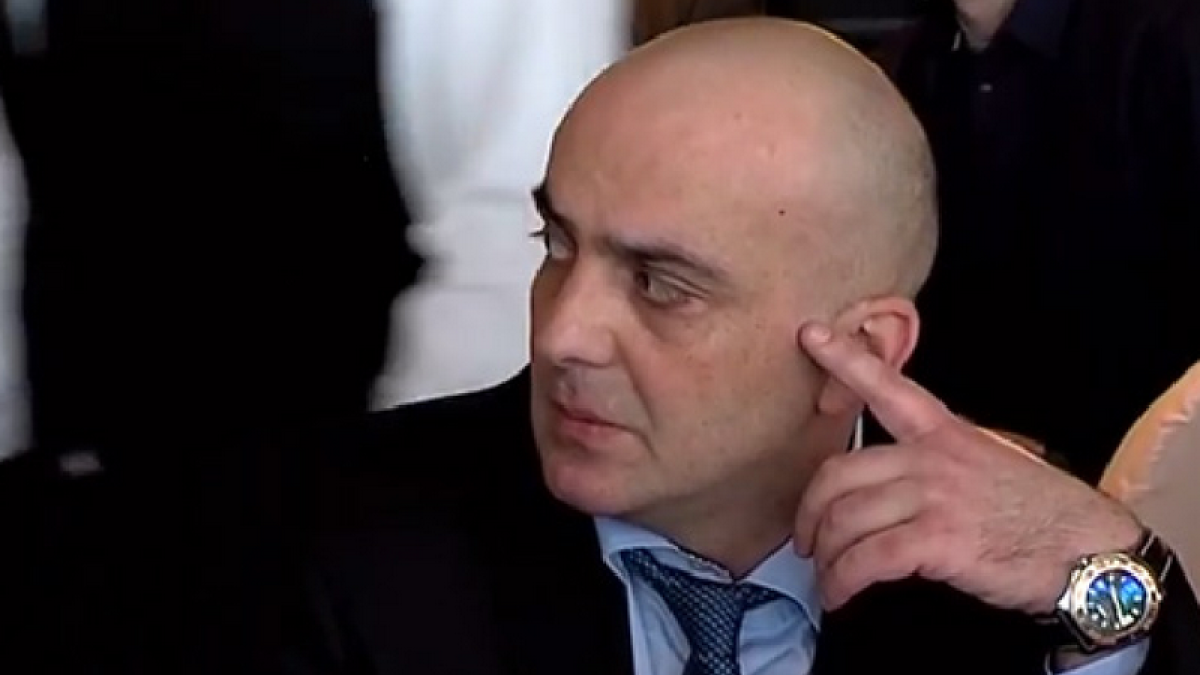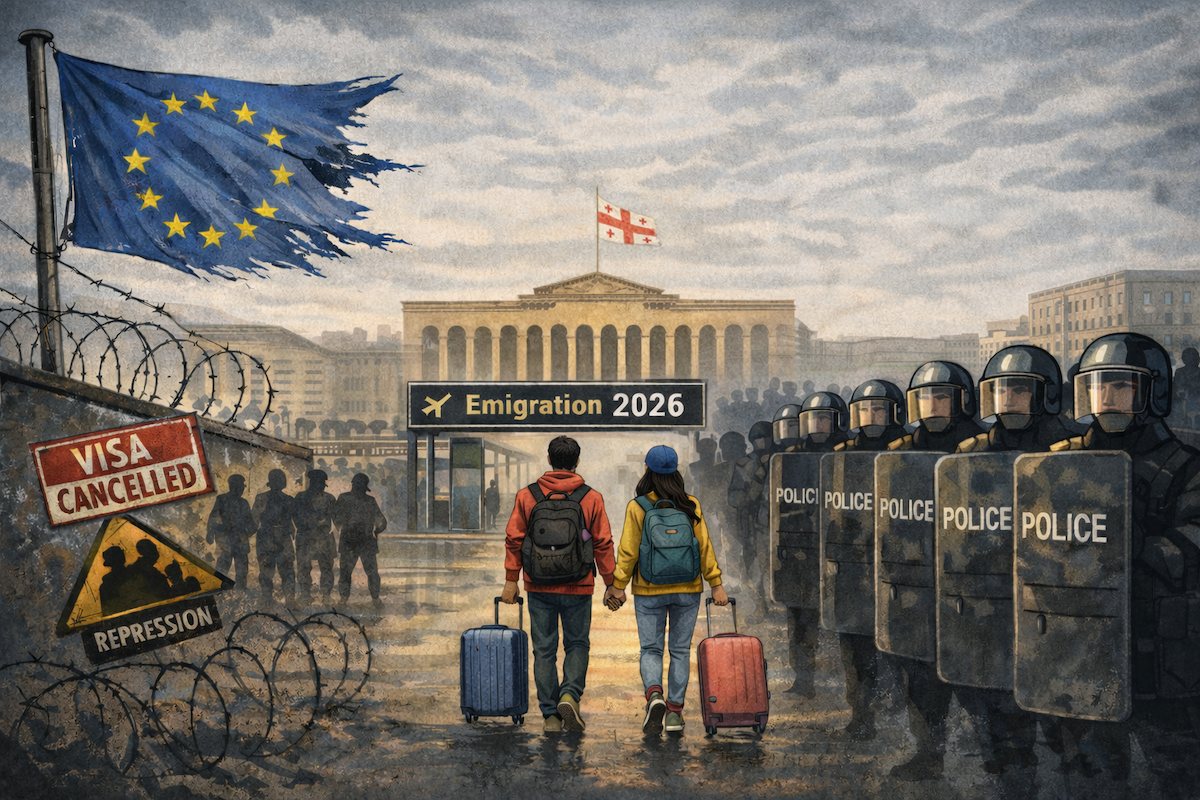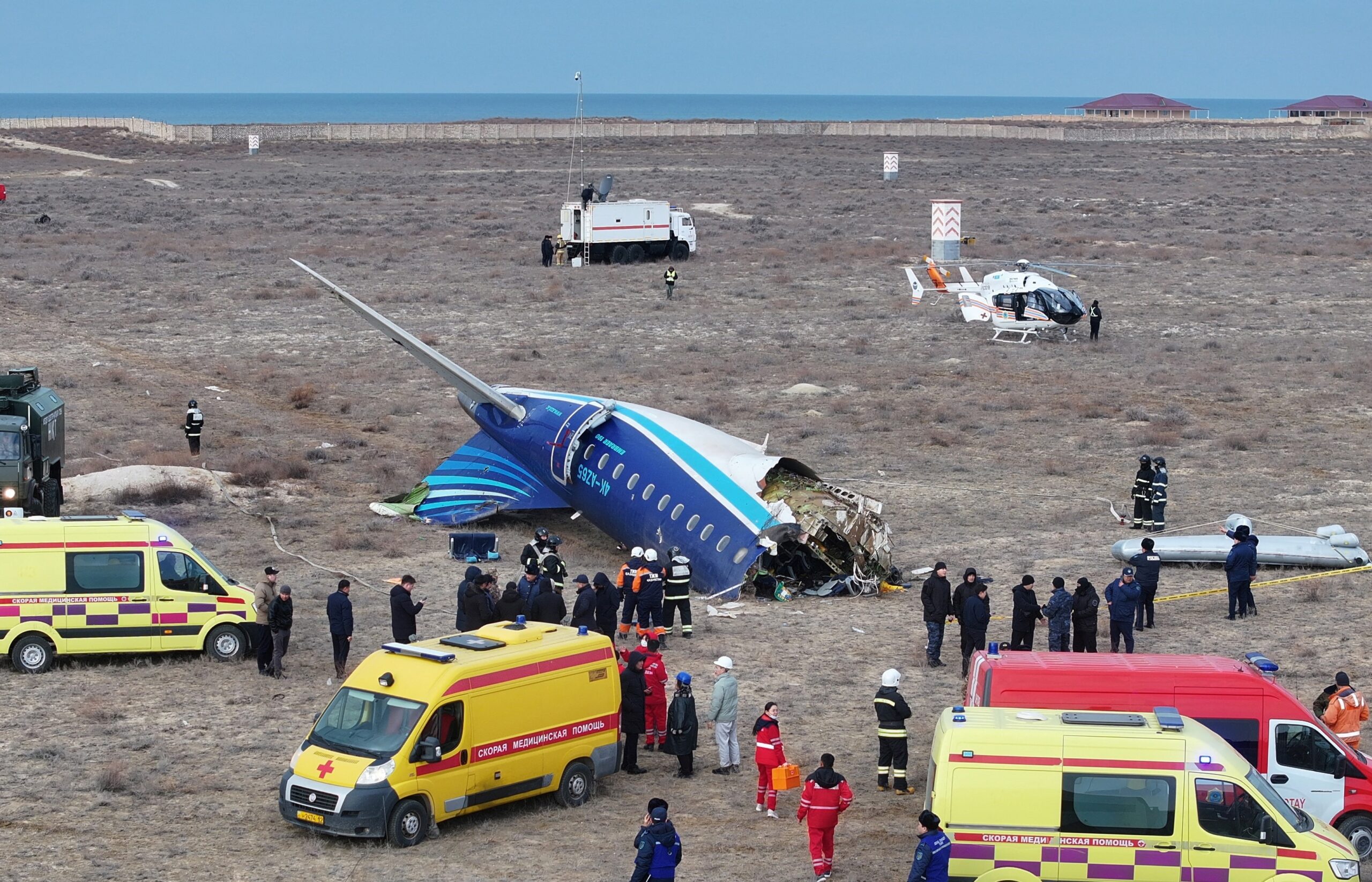Pashinyan’s government pushes the “Real Armenia” concept: public reaction
Pushing the “Real Armenia” idea
Prime minister Nikol Pashinyan’s government is promoting the “Real Armenia” concept, which aims to shift public consciousness “from historical Armenia to real Armenia.” A draft law has already been prepared and published on the online platform e-draft.am, where all legal acts are posted for public discussion.
If adopted, the bill would allow the state to support theatre productions, literature and other artistic works, as well as concerts that advance the idea of “Real Armenia.” Government funding would be provided partly through grant programmes.
At the top of the list of ideas the state plans to encourage is “peace.” The draft says the peace discourse should include joint cultural programmes, potentially with Azerbaijani artists — for example, co-hosted festivals or film projects.
“State-funded programmes must exclude the promotion of war and revenge, and should aim to create and foster an environment of [peaceful] coexistence in the region,” the bill states.
But artists have criticised the education, science, culture and sports ministry’s proposal as “an attempt at censorship.” At a briefing today, Pashinyan rejected the accusation.
“We do not intend to control anything. Armenia was, is and will remain a democratic state. And in this state everyone will have the opportunity to express their thoughts and opinions,” he said.
Late last week, the prime minister visited the village of Byurakan, where he attended the premiere of the play The Fence. After the performance, Pashinyan introduced the actors to the “Real Armenia” concept. Drawing parallels with current realities, he said the fence “should not be torn down [as in the play], but built.” He urged the actors to “go to Kirants and see how the fence is being built and how Armenia is being built there.” He was referring to a village in Tavush province where the border with Azerbaijan has already been delimited and demarcated. After footage of his remarks appeared online, many artists accused him of unacceptable interference and censorship.
- Thomas de Waal: Peace between Yerevan and Baku is possible, but not guaranteed
- “Peace treaty would mean Baku dropping its ‘Western Azerbaijan’ claim” – opinion from Yerevan
- Pashinyan believes “Trump Route” will become a new component of Armenia’s security
- ‘Historic summit’: Armenia and Azerbaijan sign documents with Trump’s mediation
Which ideas the government plans to support
The “Real Armenia” concept is presented as a “political and legal space” that exists within the country’s internationally recognised borders.
According to the draft law, “the aesthetics of Real Armenia should be built around the following ideas”:
- peace,
- identification of homeland with the state,
- justice, freedom, welfare, security,
- public responsibility, initiative and engagement,
- absence of closed or taboo subjects in public discourse, art and culture,
- continuous (self-)education and creative work,
- internationalisation of aesthetics (to be reflected not only on stage and in works of art, but also in urban planning).
“These are the ideas that contribute to Armenia’s development, the realisation of state interests, and a dignified, safe and prosperous life for individuals within the state.
Public policy should focus on highlighting these ideas and promoting them in various aesthetic forms,” the document says.
Pushing the “Real Armenia” idea
“There is a need to document the culture being created today”
Journalists asked the prime minister who would control the content, by what criteria, and whether this amounted to censorship.
Nikol Pashinyan insisted the accusations of censorship were baseless, but did not give a clear answer on the issue of oversight. He only stressed that the government did not intend to control anything:
“We want the culture of people living in Armenia today to be defined, developed and to become part of our cultural life. We ask ourselves whether the people of Armenia are creating a national culture today. Are they producing examples that reflect their everyday lives? And if so, are there valuable examples among them?”
As an illustration, he referred to national cuisine. In 2018, Pashinyan said, he instructed officials to add dishes not yet included in Armenian food catalogues, to develop their recipes and preserve them as part of cultural heritage. He argued that the same need for documentation exists in music, dance and other forms of art:
“This is necessary so that future generations do not have to make extra efforts or waste time piecing it all together, and so that nothing is lost completely. It is about documenting the culture being created in Armenia today and passing it on to future generations. Of course, it is also about presenting it now — on stage, in galleries, museums — and producing the corresponding cultural content.”
Pushing the “Real Armenia” idea
Comments
Armenian media have been discussing the draft law with artists in recent days, seeking their views. Most have sharply criticised the government’s idea.
Publicist Tigran Paskevichyan said:
“I was reminded of Ruhnama, the book by Turkmenistan’s president Saparmurat Niyazov, Turkmenbashi. In essence, it was an attempt to regulate the way of life and the identity of the Turkmen people through directives. And I see here a manifesto that will become a toy for Nikol Pashinyan’s amusement.”
Documentary filmmaker Hovhannes Ishkhanyan argued:
“If censorship is usually built around an ideology, here it is built around one person. For example, Soviet censorship was centred on the ideology of socialism and communism. In this case, we are dealing with a man who wants to make everyone resemble himself.
We saw how at a press conference he said the government is him. Here he says: the aesthetics are me. And thus, effectively, works of art that reflect the real Armenia — our real Armenia — will start to be censored, marginalised and pushed out.”
Ruben Babayan, artistic director of the Puppet Theatre, supported the proposal:
“Revenge is a bad thing, a mark of the weak. An individual may do what they want, but the state is not obliged to encourage propaganda of war, revenge and violence. I think that is entirely natural.”
Pushing the “Real Armenia” idea












